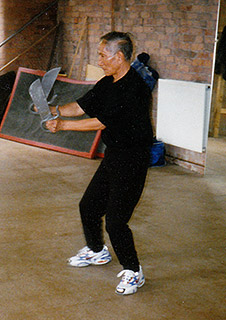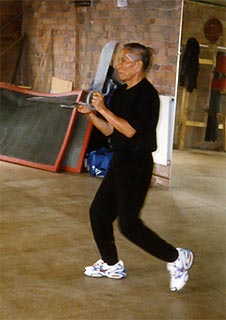The wooden dummy (mook yan jong) is possibly the most famous of all the Wing Chun training devices. While Wing Chun also contains two other training dummies for kicking techniques and the pole, the wooden man has come to symbolise the Wing Chun system.
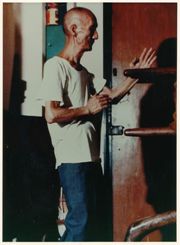
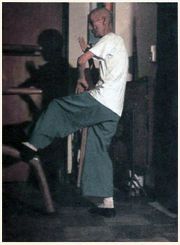
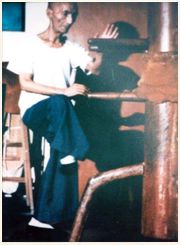
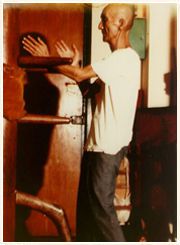
Effectively the wooden man is a protractor that allows a Wing Chun practitioner to test and see how good their positioning is in the absence of a live training partner. If positioning is off and full energy is applied, the practitioner will be thrown off balance.
The wooden man consists of three arms and a leg. All of these elements can represent different things at different times. For example the ends of the arms can represent either a wrist or an elbow depending on the movement being performed. The arms themselves can have a different representation of left and right arms too depending on the movement performed. For example the inside of the right hand dummy arm could represent the outside of an opponents left arm.
The wooden dummy is one of the most famous, yet mis-understood aspects of Wing Chun. Contrary to popular belief the dummy is not used for conditioning the arms, or for speedily slapping around. Every movement on the dummy should be performed with precision and at a steady pace.
This is the first of the Wing Chun weapons. Roughly 8-9ft in length and constantly tapered along it's entire length, the Wing Chun pole is one of the finest skills to be gained from the styles practise. If ever the saying easy to learn, hard to master could be applied, it could very easily apply to the Wing Chun pole. Simple and direct in approach, the Wing Chun pole is incredibly difficult to manoeuvre with any degree of precision to begin with. Coupled with it's weight this makes for a formidable training tool.
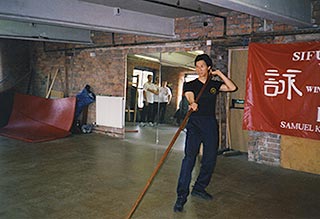
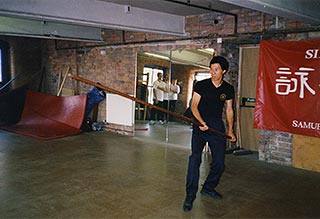
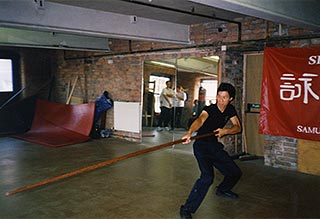
The main benefits of practising with the pole include wrist and grip strengthening, forearm development, and most importantly of all, inch energy. It would be easy to suggest that moving the pole requires strong arms. However the truth is that to be able to master the pole the practitioner must know how to link and use their entire body. This calls for a lot of dedication as the low stances alone can weaken even the strongest legs after a time.
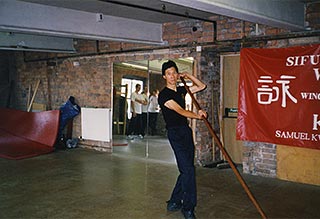
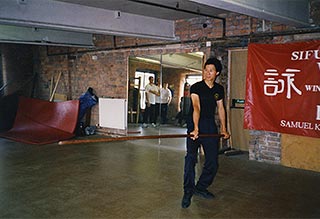
The butterfly knives are one of the highest skills in Wing Chun. As a weapon they are incredibly potent and vicious, and as a training tool they take years to master. Like the pole the knives will help to train the wrist and grip. The knive form will also introduce some very advanced footwork into the Wing Chun reportoire. As well, many of the aspects and theory of the knive form can be adapted for unarmed use.

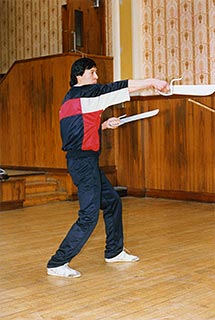
At an advanced level practitioners will practise using the pole against the knives, and vice versa. Such training represents some of the highest levels of martial arts practise due to the extreme accuracy and control required of these difficult to master weapons.
